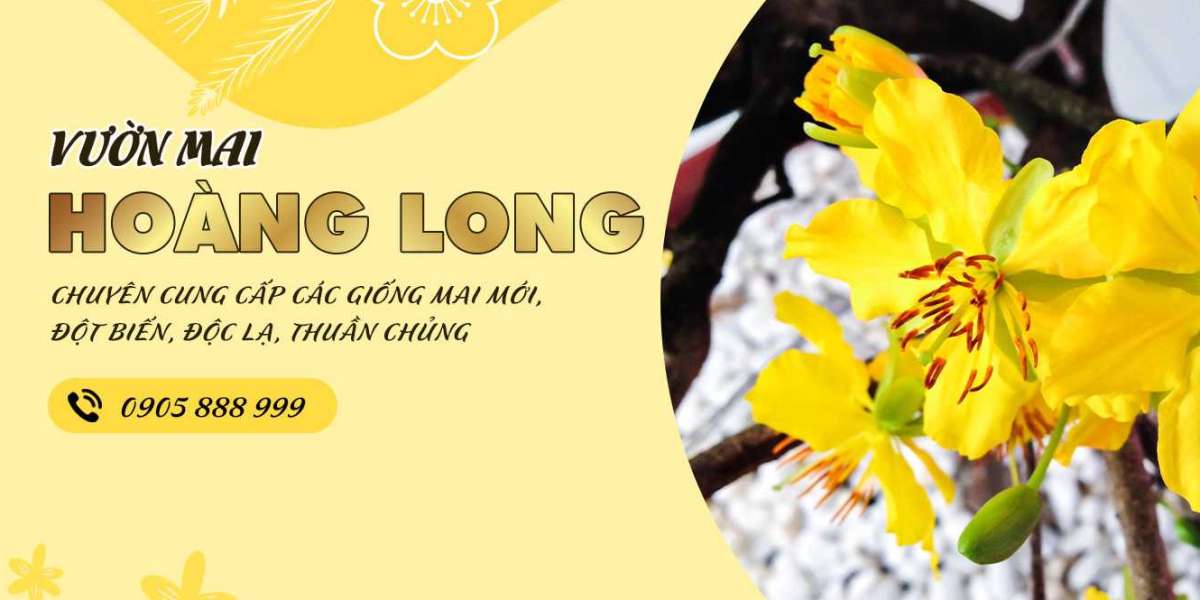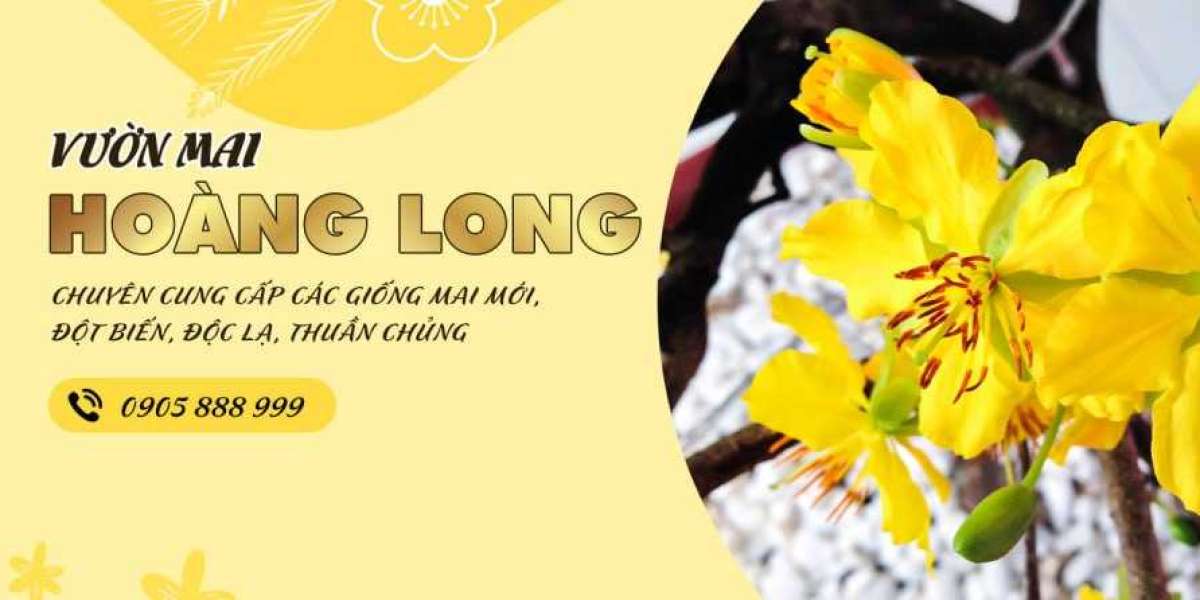Introduction:
In the year 1968, a wave of student protests swept across the globe, leaving an indelible mark on history. Marked by youthful idealism, radicalism, and a deep desire for social change, these protests were one of the defining moments of the 20th century. Under the rallying cry for freedom, equality, and an end to the Vietnam War, students from different countries joined forces, challenging the established authorities and demanding a brighter future. With their unwavering determination and passionate activism, the events of 1968 became a turning point, shaping not only the political landscape but also the cultural fabric of a generation.
Body:
The student protests of 1968 were a response to the prevailing political and social climate. In France, students at the University of Paris took to the streets in May, igniting what would later be known as the May 1968 revolution. The protesters railed against the conservative government, pushing for educational reforms and workers' rights. Their demonstrations quickly gained momentum, drawing the support of millions of French citizens who were disillusioned with the established order. The protests escalated into a general strike that almost paralyzed the country, and the demands grew more radical, seeking an end to capitalism and the establishment of a socialist society.
Meanwhile, across the Atlantic, the United States was embroiled in the Vietnam War. American college campuses became hotbeds of dissent, as students questioned the government's involvement in the conflict and its oppressive policies. On April 23, 1968, students at Columbia University in New York City staged a sit-in to protest the university's cooperation with the Vietnam War effort, as well as its alleged discrimination against African American students. What began as a peaceful demonstration soon turned violent, as clashes erupted between students and police. The event sparked a nationwide movement, with protests spreading to campuses all over the country.
Beyond France and the United States, student protests also took place in other parts of the world, including Mexico, Germany, and Czechoslovakia. In Mexico, student-led demonstrations demanding democratic reforms eventually culminated in the tragic Tlatelolco massacre on October 2, 1968, where hundreds of protesters were killed by government forces. In Germany, students protested against capitalism, consumerism, and the autocratic university structure, which they believed stifled critical thinking.
jordan women's air 1 elevate low storesIn Czechoslovakia, the Prague Spring symbolized the desire for political liberalization and an end to censorship. The students and intellectuals, inspired by the political reforms of Alexander Dubček, called for greater freedom of speech and expression. However, the Soviet Union and its Warsaw Pact allies responded forcefully, invading Czechoslovakia with tanks and suppressing the movement, effectively ending the Prague Spring.
Conclusion:
air jordan 5 retro sp off whiteThe student protests of 1968 were a powerful catalyst for change, embodying the frustrations, hopes, and dreams of a generation. Despite facing repression and violence, students worldwide stood united, demanding social, political, and cultural transformations. While most of the immediate demands were not fully achieved, the protests left an indelible impact, inspiring future activism and sparking ongoing debates about social justice, democracy, and the power of collective action. The events of 1968 showcased the formidable power of young voices, forever carving their place in history.
white mint nike dunks







